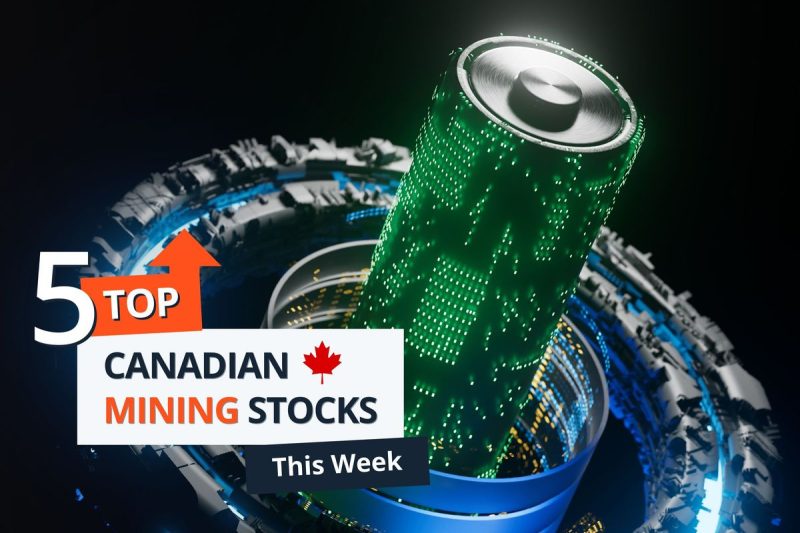Tech Weekly: Tech Stocks React to Fed, AI News and Geopolitical Tensions



This week’s market action reflected renewed caution amid evolving signals from the US Federal Reserve, with tech stocks facing pressure from shifting interest rate expectations and renewed overvaluation concerns.
Artificial intelligence (AI) heavyweight NVIDIA (NASDAQ:NVDA) announced a US$100 billion investment partnership with OpenAI on Monday (September 22), deploying at least 10 gigawatts of NVIDIA-powered data centers.
The initial US$10 billion investment will occur once the first gigawatt is operational in late 2026. OpenAI will purchase chips from NVIDIA with this investment, and NVIDIA will receive non-controlling equity in OpenAI.
The news was initially met with optimistic market sentiment, buoying NVIDIA shares and related AI-focused tech stocks.
Similarly, data center developers experienced a surge in their stock prices due to the increasing need for AI infrastructure. This was further fueled by announcements of significant expansion projects, such as the Stargate initiative. This rally hasn’t translated to ongoing price momentum at this point.
Global markets gained ahead of Fed Chair Jerome Powell’s Tuesday (September 23) remarks, in Providence, Rhode Island, during which he offered cautious guidance and dimmed hopes for near-term rate cuts.
Meanwhile, Canada’s S&P/TSX Composite Index (INDEXTSI:OSPTX) marked a milestone, breaking 30,000.
The milestone came as Bank of Canada Governor Tiff Macklem stressed the urgent need for economic reforms to counteract risks from US trade protectionism and the US dollar’s declining safe-haven status.
A more cautious tone emerged midweek, with analysts and investors weighing potential risks around the scale of the deal, including concerns about circular financing and renewed questions about market concentration.
Oracle’s (NYSE:ORCL) issuance of US$18 billion in public debt to expand its AI data center operations fueled concerns about escalating leverage risks. Meanwhile, at the macro leve, factors such as stronger-than-expected US unemployment numbers, and geopolitical tension after US President Donald Trump’s contentious remarks at the UN General Assembly, contributed to a market pause. Major US indexes marked their third straight day of losses on Thursday (September 25), with the tech sector bearing much of the brunt.

Nasdaq-100 performance, September 19 to 26, 2025.
Chart via Nasdaq.
The market rebounded slightly on Friday (September 26) as the latest US personal consumption expenditures index data aligned with expectations, giving investors relief and a sense of continued stability.
The Nasdaq-100 (INDEXNASDAQ:NDX) and S&P 500 (INDEXSP:.INX) posted modest losses for the week, reflecting a wait-and-see mood heading into the fourth quarter.
3 stocks that moved markets this week
Apple (NASDAQ:AAPL)
- Share price performance: Shares of Apple have risen 11.45 percent since September 12 pre-orders, positively impacted by strong iPhone 17 sales exceeding expectations.
Intel (NASDAQ:INTC)
- Share price performance: Shares of Intel rose 19.65 percent this week as the legacy tech company continued to strengthen its market position.
GlobalFoundries (NASDAQ:GFS)
- News highlights: The US said it is planning to implement a 1:1 chip production rule to reduce reliance on overseas semiconductor supply. Under this proposal, chip manufacturers would be required to produce domestically as many semiconductors as their customers import from foreign suppliers. Companies failing to maintain this 1:1 domestic-to-import production ratio over time may face tariffs.

Apple, Global Foundries and Intel performance, September 23 to 26, 2025.
Chart via Google Finance.
ETF performance
Gains across AI-focused exchange-traded funds (ETFs) this week reflected ongoing investor optimism for AI innovation and infrastructure buildup. The VanEck Semiconductor ETF (NASDAQ:SMH) led the pack with a 1.74 percent increase, followed by the Invesco PHLX Semiconductor ETF (NASDAQ:SOXQ), which gained 0.85 percent, and the iShares Semiconductor ETF (NASDAQ:SOXX), which advanced by 0.82 percent.
Other market news
Tech news to watch next week
- TikTok deal developments: Watch for updates on on
going TikTok negotiations, as regulatory and geopolitical scrutiny persists. Any breakthroughs or setbacks could have significant implications for global tech and social media landscapes.
- Fermi America IPO: Fermi America, the data center developer founded by former Energy Secretary Rick Perry, prepares for a Nasdaq IPO targeting a valuation near US$13 billion on October 1. The outcome and investor reception to this IPO will serve as a bellwether for the AI infrastructure sector and data center buildout investment appetite.
Securities Disclosure: I, Meagen Seatter, hold no direct investment interest in any company mentioned in this article.



